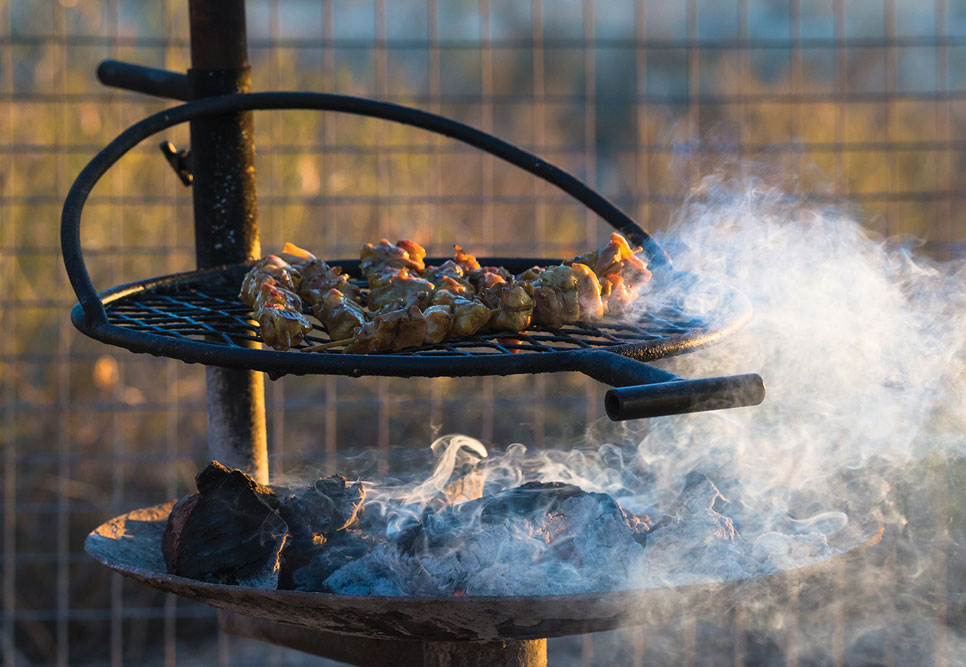Welcome on a journey of discovery as we take you inside some of our favorite destinations, places and unique experiences around the world.
There is no other pastime that screams summer like barbecuing. When the sun is hot, the grill is hotter, and the different cuts of beef, pork and chicken are seasoned and smoked to perfection.
Since colonial times, the art of barbecue has transformed American cuisine. Some of the first mentions of barbecue date back to the times of Christopher Columbus, and it was even recorded that George Washington attended a barbecue in Virginia in 1769. Yet, it wouldn’t be until nearly 200 years later in the mid 1950’s that barbecue would take American society, primarily Southern America, by storm.
Today, barbecue is a summertime staple and a defining cuisine in American culture with over 10 different regional varieties in the United States alone.
For example, in Hawaii, barbecue is done via Lu’au, a traditional Hawaiian celebration. Taking influence from the indigenous people of Polynesia (from which native Hawaiians originated), barbecue in this part of the world is done using an imu, or an underground oven, in a method known as kalua. Once the fire is made, the embers are removed and the food is wrapped in banana or ti leaves, then left to cook underground throughout the day resulting in fall-off-the-bone tenderness.
But that begs the question, how do other areas of the world enjoy barbecue?
In South Africa, much like Hawaii, Braai is much more than just a style of cooking, it’s a celebration, shared with friends and family. Done exclusively over wood (no charcoal), Braai is a meticulous process, where the embers must be maintained and controlled throughout the entire cooking time to ensure that the meat is cooked perfectly.
However in Spain, barbecue takes on a very different approach. Known as a Calcotada, this gastronomical event takes place during Spain’s colder months (October – February) and starts with the cooking of calcots, a type of onion whose appearance is similar to a scallion or a leek, over a hot fire. Once charred, the calcots are wrapped in newspaper to steam and keep warm before being eaten in mass quantities alongside salvitxada, an almond-based dipping sauce.
Derived from the Arabic word, manqal, meaning portable, Mangal is a style of barbecue originating from the nomadic lifestyle of the Bedouin people. The grills used to cook…
Click Here to Read the Full Original Article at The Taucker Travel Blog…
